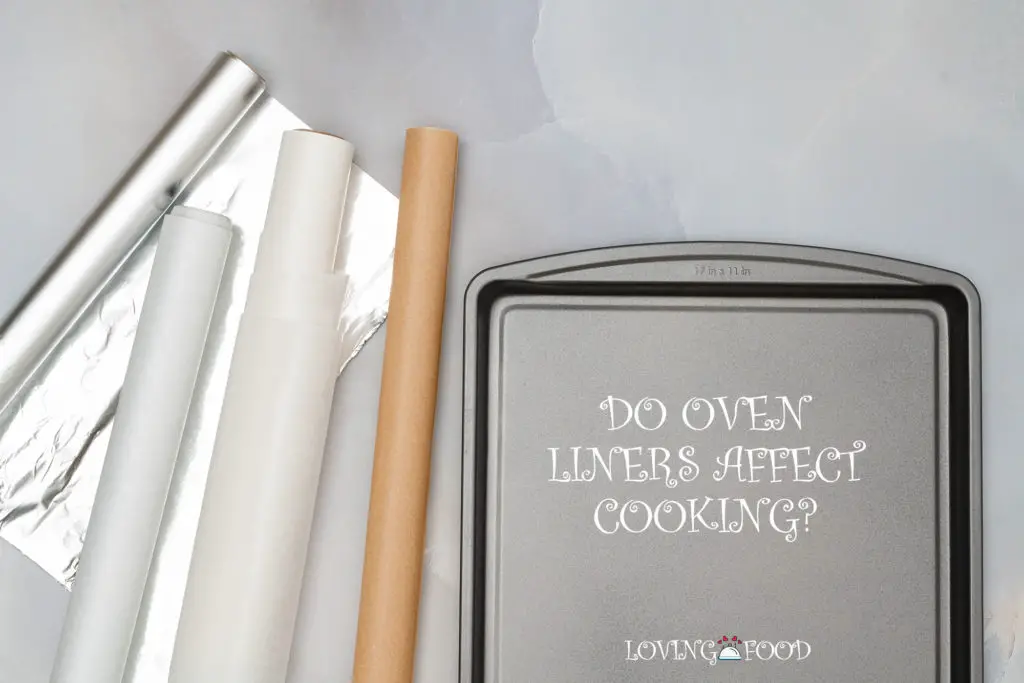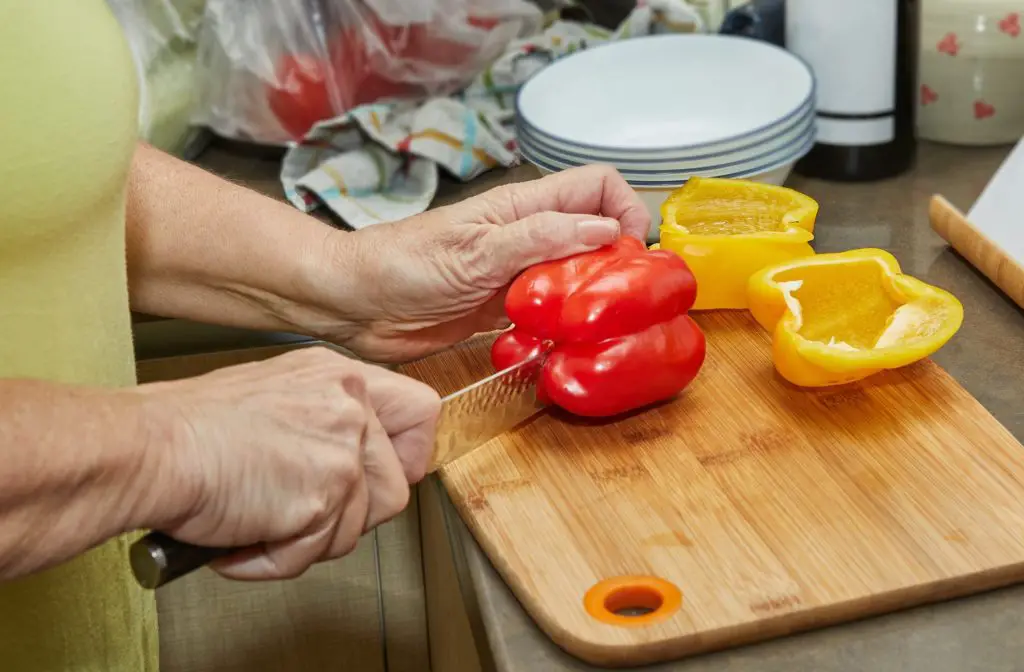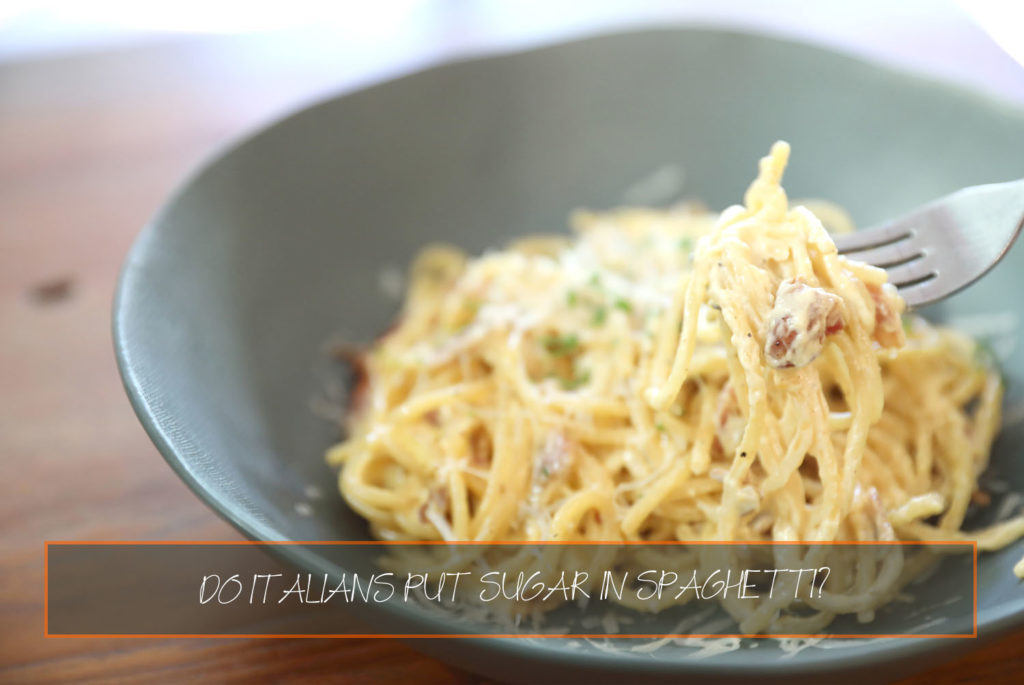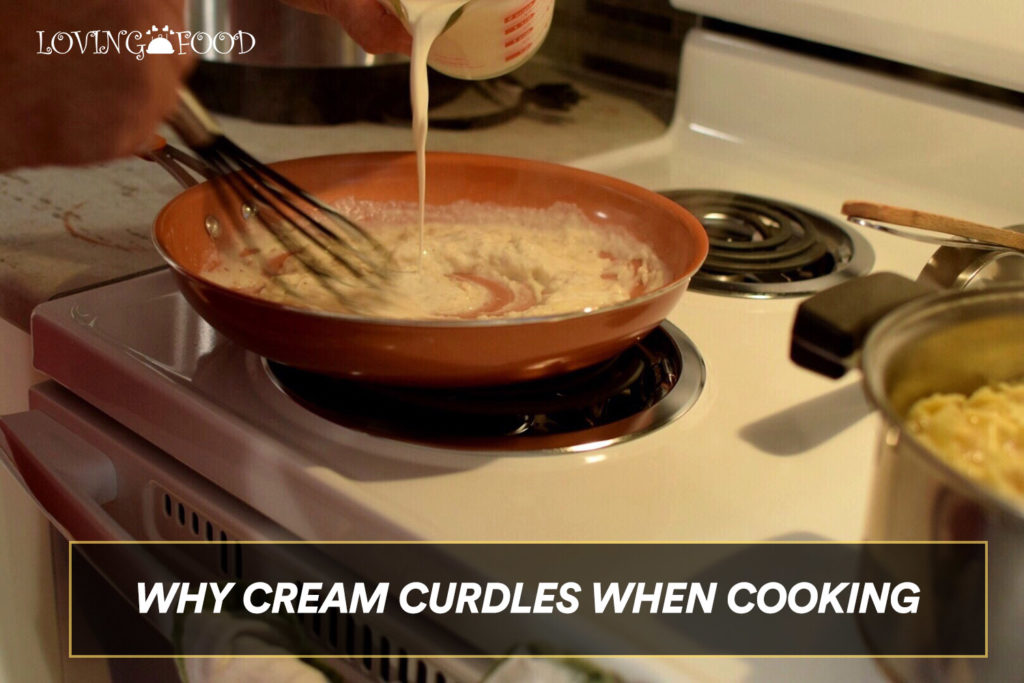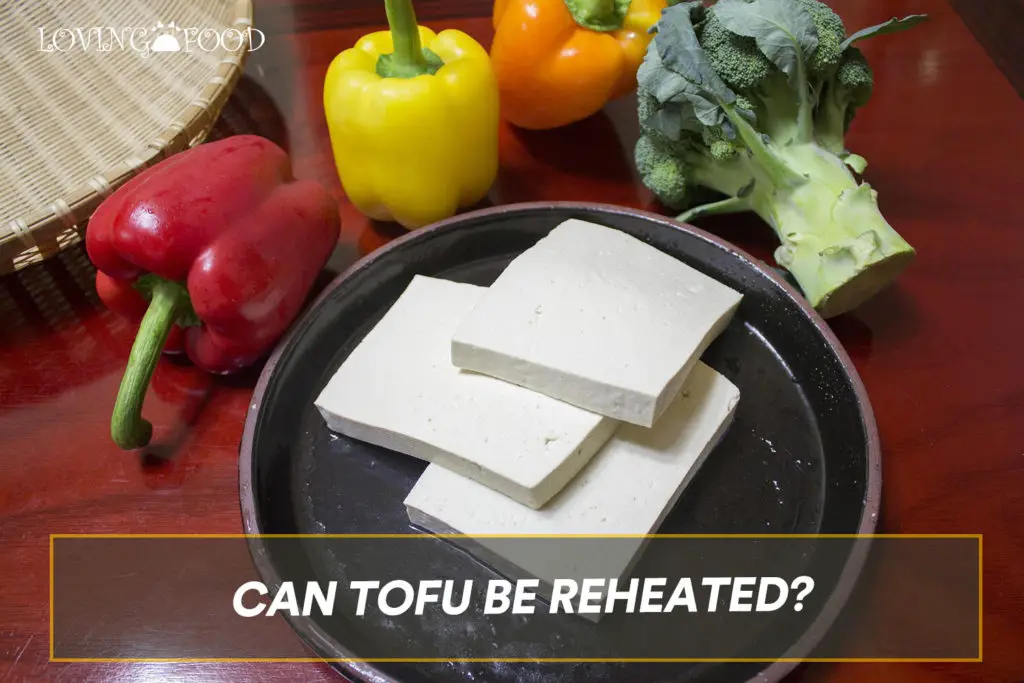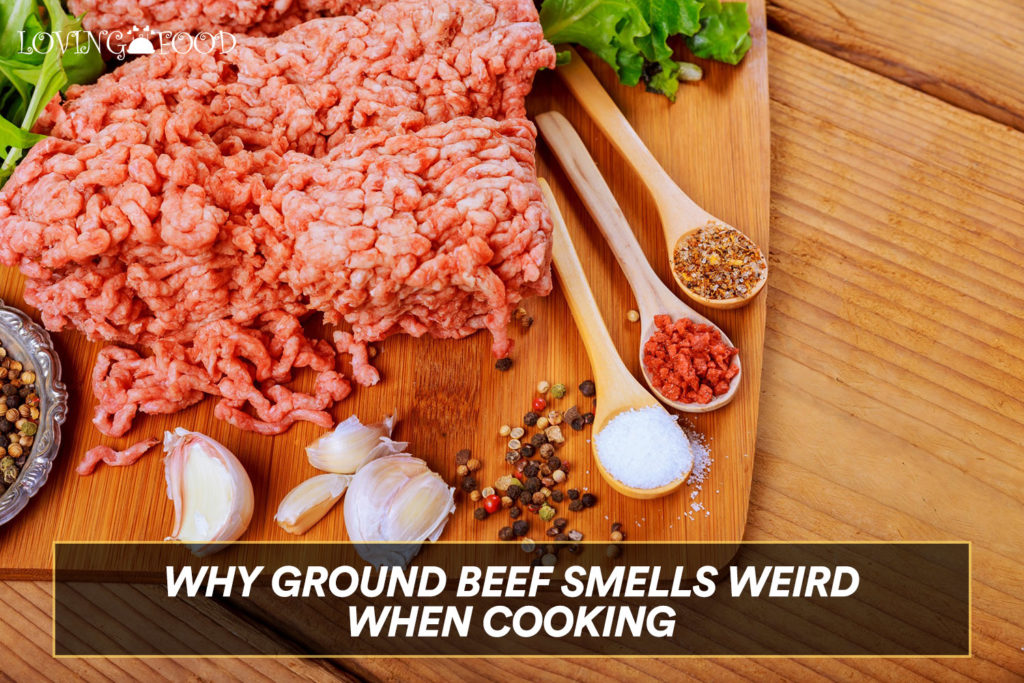Taking the stains off your oven can be a lot of work after cooking. However, as much as you do not want your oven to be in a mess, you also have to be careful something else isn’t going wrong. Are you guessing your oven liner is affecting your cooking? Are you in a fix of deciding whether to stop using oven liners?
In this article, we’ll look at how oven liners can affect your cooking. We would talk about things you should look out for when using an oven liner and also suggest to you the best oven liner options for your oven type.
But to answer your question, Yes, Oven liners can affect cooking. While oven liners are a great idea and can reduce the stress of taking out drip stains, they can affect cooking performance if you aren’t very careful.
The contemplation about the use of oven liners centers on temperature. According to Brain Steurer, all kinds of liners including aluminum foils interfere with the flow of air and can affect how your food cooks.
How Do Oven-Liners Affect Temperature?
When you use oven liners directly above the oven floor, the liner absorbs the heat that is supposed to be directed to what is cooking, causing the temperature to increase adversely.
How Does The Temperature Matter To Your Cooking?
Cooking at the right oven temperature affects the final outlook and quality of whatever you’re cooking in the oven. Whenever you’re using the oven, there must be no form of hindrance to the airflow so your food can cook properly.
When the temperature is disturbed by the oven liner lying above the heating element in the oven, your food would most likely not cook well.
This is because the temperature concentration that is meant to hit the oven tray where your food lies is diverted to the oven liner.
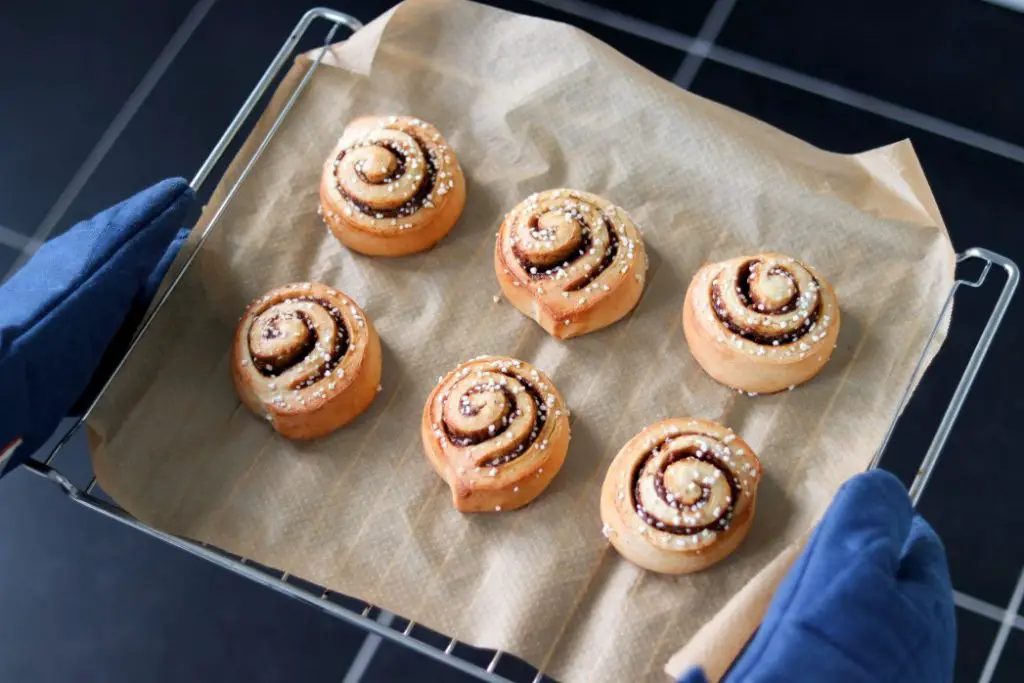
What Are The Possible Dangers of Using Oven Liners?
The excessive temperature which can be caused by oven liners can not only affect your food:
1. The Oven Can Get Damaged
The oven liner can get melted because it is too hot and this can damage your oven. There is a maximum temperature for different oven liners, and this depends on the brand you got. This is a good reason you should not use your oven liners above their maximum temperatures.
2. Dangerous Fumes Can Be Released
The manufacturing components of oven liners are not healthy when they come in contact with food. When the oven liner melts, it releases dangerous fumes that are not dangerous to your food.
Things To Look Out For When Using An Oven Liner
What should you do? What are the things to check for when using an oven liner? Please continue reading.
1. Buy the correct oven liner
There are different types of oven liners, so not every oven liner fits your oven type. Ensure you buy an oven liner that will work perfectly with the type of oven that you have.
There are a lot of oven liner brands and each manufacturer holds that theirs is the best. So how do you know which one to opt for? We’ve done our research and we will give you the best suggestions you’re your oven type on this basis.
What Oven Liner Should You Buy If You’re Using An Electric Oven?
If you’re using an electric oven, we suggest that you use Cooks Innovations Non-Stick Oven Liners.
Description: One-piece, 16 x 23 inches. Tap here to check the current price on Amazon.
- It has a maximum temperature of up to 550F
- It is made of Teflon
- It is BPA and PFOA free
- It is easy to use and clean
- Can easily fit your oven size
- It can be cleaned using the dishwasher
What Oven Liner Should You Buy If You’re Using A Gas Oven?
If you’re using a gas oven, we suggest you use Grill Magic Premium Extra Thick Oven Liners.
Description: Three-piece set, 23 x 16.25 inches. Tap here to check the current price on Amazon.
- It is made from an extra thick material that can repel closed fire
- Heat resistant fiberglass mat
- Easy to trim and fit around vents to ensure airflow
- Easy to clean (Dishwasher safe)
- The maximum temperature is 550°F.
A good oven liner is made from a non-stick flexible material and is BFA/PEOA free liners are safe for food. Oven liners made of Teflon are a good choice. Here are some additional things to look out for.
2. Follow oven liner’s usage direction
Every appliance has the best way it should be used, and the oven liner is not an exception. Most of the dangers of using oven liners can be easily prevented if you read and follow the user’s guide.
3. Place the oven liner correctly
Depending on your oven type, every liner has a way it should be placed. Improper placement of your oven liner can affect your food and also damage your oven permanently. You can also cause temperature problems when airflow is restricted.
Where Should You Place Your Oven Liner In An Electric Oven?
If you’re using an electric oven where you can see the heating element on the floor of the oven, place the oven liner on the bottom of the oven beneath the element. Importantly, your oven liner should be at a minimum of one inch below all parts of the heating element.
If you’re using an oven liner where the heating element is not visible on the floor of the oven, you should place the oven liner on the bottom wire rack of the oven. Do not place it on the oven floor.
Where Should You Place Your Oven Liner In A Gas Oven?
Place the oven liner on the bottom wire rack. You may place cooking dishes directly on the surface of the oven liner surface.
Precautions:
- DO NOT place the oven liner on the floor of the oven.
- DO NOT block any holes inside the oven as it can cause unsafe carbon monoxide levels.
- Check the liner’s maximum temperature.
As we have said, one of the major contemplations, as regards the use of oven liners, is temperature and airflow problems. Although every liner is made to survive high-temperature uses, their maximum temperatures differ.
Ensure you check the maximum temperature of your oven liner in the user’s guide, and coordinate your cooking and oven temperature to cooperate with it.
The maximum temperature for most oven liners is 500°F (260°C).
Should You Use Oven Liners?
You should use oven liners to save yourself extra hours in the kitchen, but you have to be extra careful you are using them correctly. Buy the oven liner that’s best for your oven type and follow the user’s guide to using it.
Can You Cook On Oven Liners?
Yes, you can cook directly on your oven liner. Place the cooking dishes and pans directly on the surface of the oven liner.
Where Can Oven Liners Be Placed?
If you’re using a gas oven, place the oven liner beneath the heating element. If you’re using an electric oven, you should place the oven liner on the rack beneath.
What Can I Use To Line The Bottom Of My Oven?
Use an oven liner, or you can also use cookie sheets. Do not use aluminum foils or silicon mats in any case. Aluminum foils burn and melt easily and can cause permanent damage to your oven. When using an electric oven with a noticeable heating element, a silicon mat can overheat and sustain damage.
Final Thoughts
Oven liners are good to use. Your choice of oven liner should however depend on the type of oven you’re using.
You should trim the oven liner to perfectly fit the size of your oven so as not to block any holes and restrict airflow. You should be extra careful with oven-liners if you are using a gas oven because it’s more susceptible to fire.
More from Cooking FAQs:
